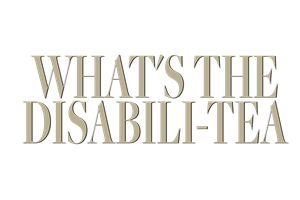
To the public eye, disability and queerness aren’t things you would expect to see or hear go together. While little is known about the two here in Aotearoa, recent international research suggests stronger ties between the disability and LGBTQIA+ communities than most realise.
While there is a lack of data overlapping these two groups, we have some glimpses into the evidence supporting this link. In Aotearoa, in 2013, the Disability Survey reported that around 1.1m (24%) New Zealanders had a disability of some kind. Statistics NZ revealed that at the end of 2022, a higher proportion of the LGBTQIA+ community identified as disabled (18.2%) than the non-LGBTQIA+ population (11.2%). In the same data, roughly 4.2% of Aotearoa’s population identified as LGBTQIA+.
I had the pleasure of asking Mamie McDonald (Ngāti Kuia, Rangitāne o Wairau, Ngāti Rārua, Ngāti Takihiku) some questions about what it is like being one of those people. Mamie is a model and talent for All is for all, has participated in multiple talent campaigns and is currently studying towards her Bachelor’s Degree in Tourism. Mamie was born with William Syndrome - a genetic and learning disability. Mamie describes it as “having the 7th chromosomes missing. [People with William Syndrome also] have dental and heart problems, and they love music, dancing and doing creative things”. Mamie identifies as Queer, bisexual and an advocate for the LBGQTIA+ community.
When asked about her experience being a member of the two communities, Mamie said it’s “been interesting - they both interconnect with each other but are also different at the same time. Disabled people can be part of the LGBTIQ, and LGBTIQ people can be disabled.” She continued, explaining that while they are significant parts of her identity, she also enjoys different parts of the diverse communities. They aren’t only the influences in her life; Mamie considers some of these influences to be LGBTQIA+, some to be disabled and others completely unrelated to the two.
“I like ballroom, and that comes from the LGBTIQ community. Lady Gaga and also Prince and Queen have [been] influenced me. Having a disability has influenced who I work with and some things I like to discuss. Then you have the other side where when I choose things [and] I just genuinely like, not because I have a disability or because I am queer or bisexual.”
The combination of queerness and disability is not always visible or acknowledged in either community. It can often present challenges for queer disabled people trying to navigate the LGBTQIA+ community and the world. Stereotypes about disability, ableism and a lack of awareness of disability can make it difficult for some to find community or solidarity. Most of this doesn’t phase Mamie. In response to a question asking her what’s one thing she would like people to know about her or other LGBTQIA+ disabled people, Mamie had a simple but elegant answer that many people out there would be wise to remember:
“I would like the people to know that the disabled and the LGBTIQ community are humans. We are people like you, so please treat us as one and come and say hi and get to know us.”
Lastly, I followed up by asking Mamie what advice she had for other members of her communities who were struggling with their sexuality or their disability and sense of self. Mamie answered in a way that best summarises her and her worldview, further displaying her undeniable optimism and enthusiasm for people being unapologetically themselves.
“The advice I would give is to be yourself and don’t give up on your dreams. Live to infinity and beyond.”
Interviewing Mamie after Pride month and in the middle of Disability Pride Month, this message could not feel more important and influential for people to hear and accept. The message might be simple, but it’s a challenge that more people should be willing and proud to take on to represent Queer and disabled people everywhere.
Proudly brought to you by All is for All


